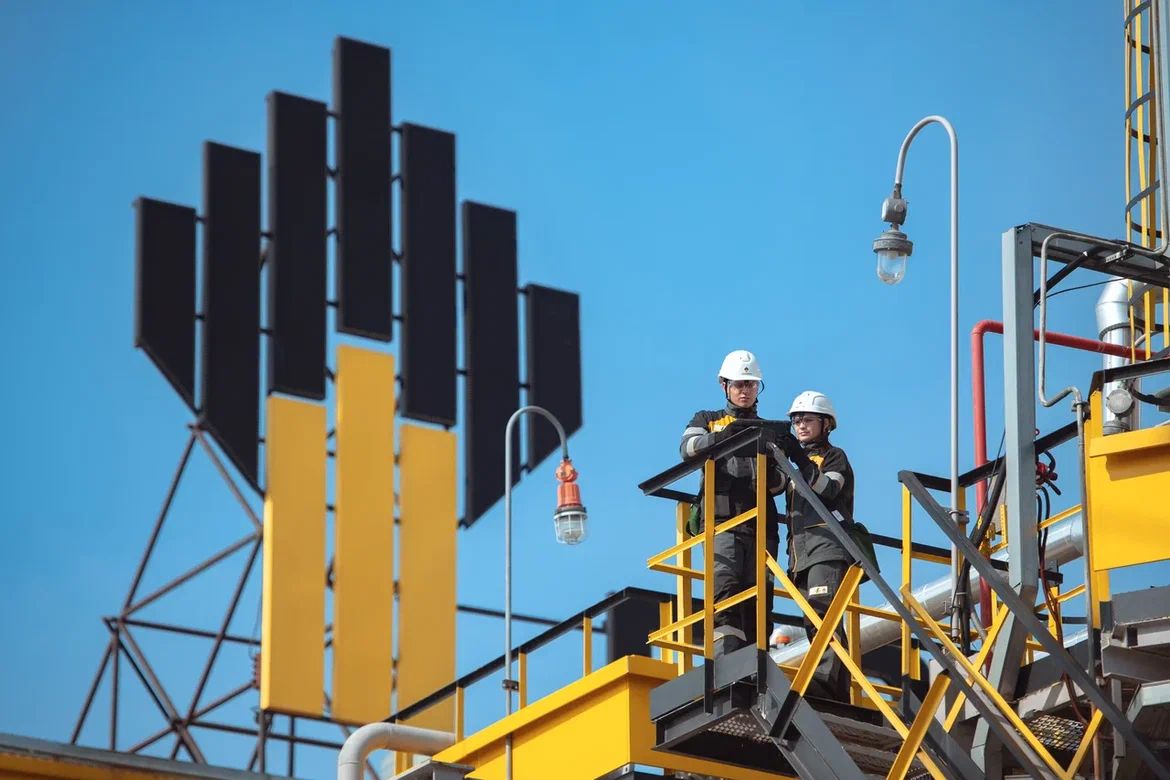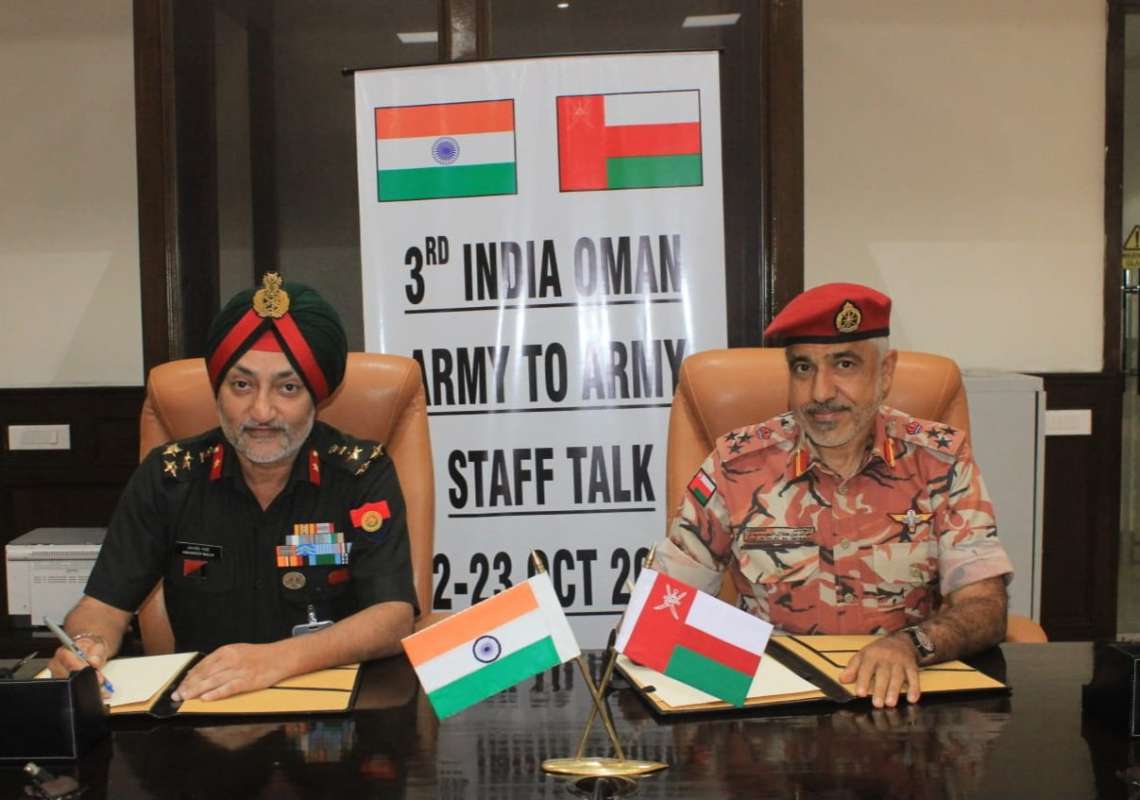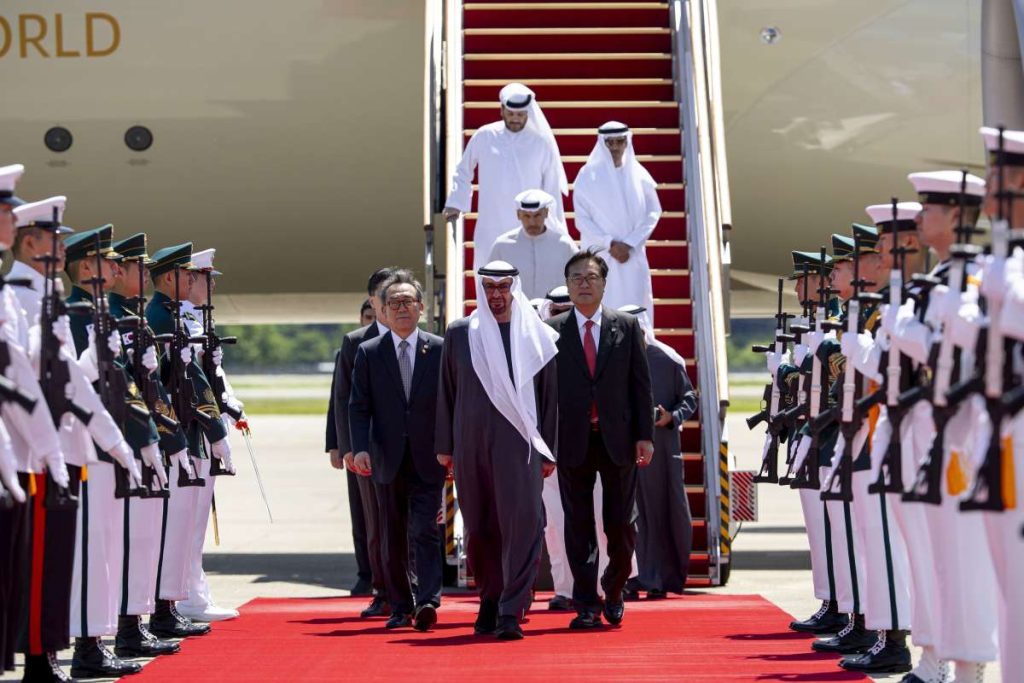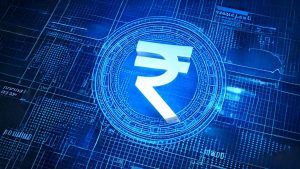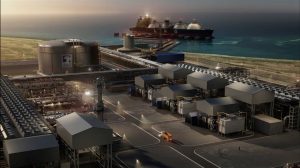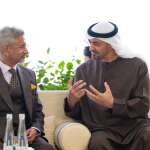Rosneft’s one-of-a-kind Digital Field project amalgamates these innovations into an integrated ecosystem…reports Asian Lite News
In today’s world, digitalisation has emerged as a global trend affecting practically all industries and areas of operation. The oil and gas industry is a very resource-and knowledge-intensive high-tech sector operating hundreds of thousands of production facilities, each generating vast volumes of technological information on a daily basis.
As a result, massive arrays of data need to be processed on an ongoing basis. This would not be possible without the very latest advances in science and technology.
Russian oil company Rosneft is embedding information technology into all aspects of its operations, from oil and gas exploration and production to transportation and refining, including processing and analysing big data about its fields, in a bid to improve its economic efficiency and environmental sustainability.
This includes innovations such as building geological and hydrodynamic field models, using neural networks for data analysis, and designing comprehensive digital twin-based models for efficient field management.
Rosneft’s one-of-a-kind Digital Field project amalgamates these innovations into an integrated ecosystem.
This is a project that is being implemented by Bashneft, a Rosneft subsidiary and one of Russia’s longest-running oil and gas sector companies, headquartered in the Republic of Bashkortostan. The project involves creating a digital twin of a field representing a virtual replica of a real one.
Experts then use the digital twin to collect all kinds of relevant information about the real field, including its structure, the types of rocks it is made up of, the physical and chemical properties of these rocks, the location of oil or gas, and how much of it is present there. This information is then processed and used to build a virtual model.
Thanks to digital twins, it is possible to generate real-time simulations of various scenarios for field development and operation, select the most efficient production methods, forecast potential issues, and come up with ways to address them well in advance.
According to Dmitry Lozansky, Bashneft’s Acting Deputy General Director for IT, the company, this way, can optimise its production processes, lower its risks and costs, and minimise the harm it does to the environment.
Ultimately, digital twins help make the oil and gas industry more efficient and safer for both people and the planet, Lozansky noted.
Deployment of cutting-edge information technologies will make it possible to achieve a dramatic increase in production performance and produce a substantial economic effect, he stressed.
What makes the Digital Field project so unique is the fact that it was developed on the basis of the expertise accumulated over 90 years of practical experience in developing and operating Bashkortostan’s oil and gas fields. Bashneft’s digital testbed makes this knowledge and experience available to the rest of the Russian oil and gas sector.
Another example of Rosneft’s proprietary science-driven software development effort is its information system known as Geobank-Seismorazvedka (Russian for Seismic Exploration) Corporate Data Bank.
This system serves as the backbone of RN-KrasnoyarskNIPIneft’s seismic data storage centre, which is part of Rosneft’s research and design arm. At the moment, this data repository holds more than five petabytes of information.
More than 40 of Rosneft’s subsidiaries and all its corporate research organisations have a link to the system, with its information being additionally available online.
A brainchild of RN-KrasnoyarskNIPIneft’s developers, this product keeps valuable information secure and offers uninterrupted access to the digital database from anywhere in the country.
Thanks to incorporating AI algorithms into the processing and interpretation of seismic data, it has been made possible to “digitalise” the experience of experts who invested decades in fleshing out the theoretical underpinnings of the underlying methodology.
RN-KrasnoyarskNIPIneft’s technology for automating fault identification has opened the way for experts to switch from performing routine manual tasks to a more creative process of developing and testing hypotheses.
In addition, Rosneft uses its proprietary software for digital core analysis. A core is a rock sample extracted from a well by means of a corer. Cores are studied to better understand the geological properties of the rock’s structure and composition, such as the presence of hydrocarbons, along with assessing the promise that the field that is being studied may hold.
The Tyumen Oil Research Center, which is also a part of Rosneft’s research and design arm, teamed up with Innopraktika, a non-governmental development institute, to create a science-driven software suite known as RN – Digital Core, which makes it possible to make an accurate assessment of the content of oil and gas in a reservoir and select the most efficient methods for their extraction.
Rosneft’s core storage facility in Tyumen holds more than 175 kilometres’ worth of rock samples extracted from several thousand wells from across Russia’s oil and gas fields and is thought to be the largest in the nation.
The software relies on mathematical modelling and micro-tomography methods to create a digital twin of the rock formation representing a 3D pore-scale copy of the formation.
The suite is used for studying conventional high-permeability rocks, while upcoming versions of RN – Digital Core will focus on examining unconventional low-permeability rocks.
Rosneft’s technological innovations are a prime example of full substitution by a domestic product of digital technologies that used to be imported.
From this perspective, Rosneft’s advances in field digitalisation and in implementing other IT projects provide a crucial contribution to ensuring Russia’s technological sovereignty, promoting innovation, enhancing production efficiency and bolstering positions of the country’s oil and gas sector on the global stage, Dmitry Lozansky pointed out.
ALSO READ: India, France to begin talks on Rs 50,000 crore Rafale Marine deal

